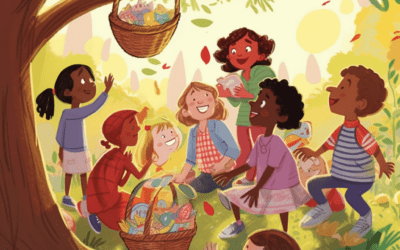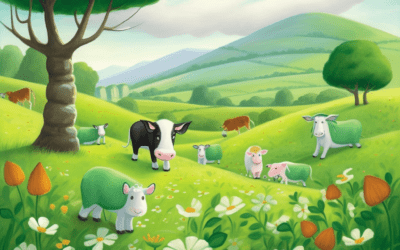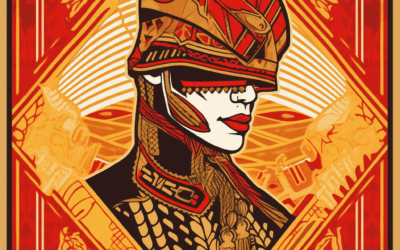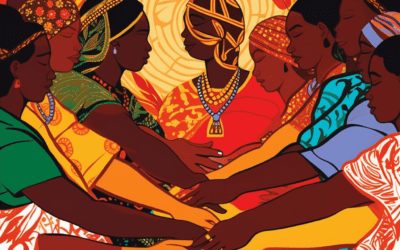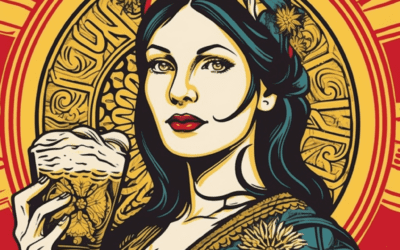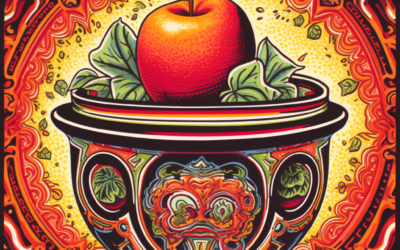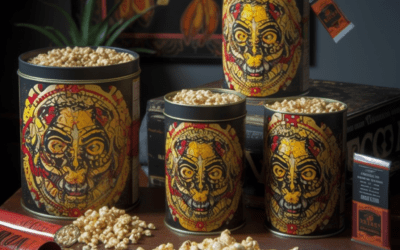How did the skull become a symbol of Halloween?
Halloween and the Skull:
Halloween is a holiday celebrated on October 31st each year. It has its roots in the ancient Celtic festival of Samhain, which marked the end of the harvest season. Over time, Halloween evolved into a holiday associated with costumes, jack-o’-lanterns, and spooky decorations. One of the most recognizable symbols of Halloween is the skull.
The Historical Significance of Skulls:
Skulls have been significant symbols throughout human history. In many cultures, skulls have represented death, mortality, and the afterlife. They have been used as a way to remember and honor deceased loved ones. The skull, with its hollow eye sockets and toothless grin, serves as a reminder of the impermanence of life.
Skulls and Ancient Traditions:
The association of skulls with Halloween can be traced back to ancient traditions. In Celtic culture, Samhain marked the end of the harvest and the beginning of the dark, cold winter. During this time, it was believed that the boundary between the living and the dead was blurred. It was a time when spirits, both good and evil, could roam the Earth.
To ward off these spirits and honor their ancestors, the Celts would build bonfires and wear costumes made out of animal heads and skins. The skulls of animals were seen as protective charms. They believed that by wearing these masks, they could confuse and ward off any malevolent spirits that crossed their path.
The Influence of Christianity:
With the spread of Christianity, the celebration of Samhain transformed into All Hallows’ Eve, the night before All Saints’ Day. The Christian influence brought a new meaning to the holiday, but the symbols of the skull and the afterlife remained.
In Christian iconography, the skull became a symbol of mortality and the transitory nature of human life. It served as a reminder that all people are destined to die and face judgment. Skulls were often depicted in religious art and displayed in churches as a memento mori, or a reminder of death and the need to live a virtuous life.
The Emergence of the Skull in Halloween Imagery:
Over time, the skull became ingrained in Halloween imagery, representing the spooky and macabre aspects of the holiday. The association between skulls and death made them a natural fit for Halloween decorations.
The skull’s eerie appearance and connection to mortality make it a popular choice for the Halloween season. It can be found in various forms, such as skeletal decorations, costumes, and even as part of traditional sugar skulls used in Day of the Dead celebrations.
Today’s Skull Symbolism:
In modern times, the skull continues to be a prominent symbol of Halloween. It embodies the spirit of the holiday, providing a visual reminder of death’s presence amidst the festivities. Whether used to create spooky decorations or as part of costumes, the skull serves as a thrilling and eerie symbol that adds to the overall ambiance of Halloween.
In conclusion, the skull became a symbol of Halloween due to its historical significance, ties to ancient traditions, Christian influence, and association with mortality. This symbol has persisted over time and remains an integral part of Halloween imagery today.




